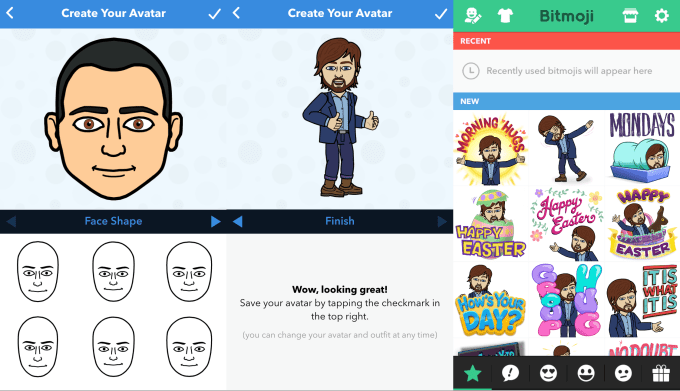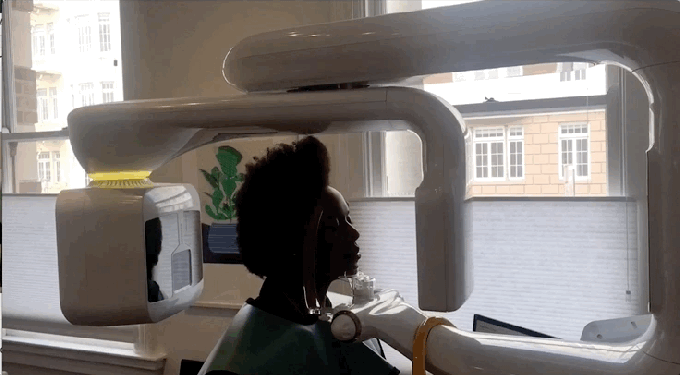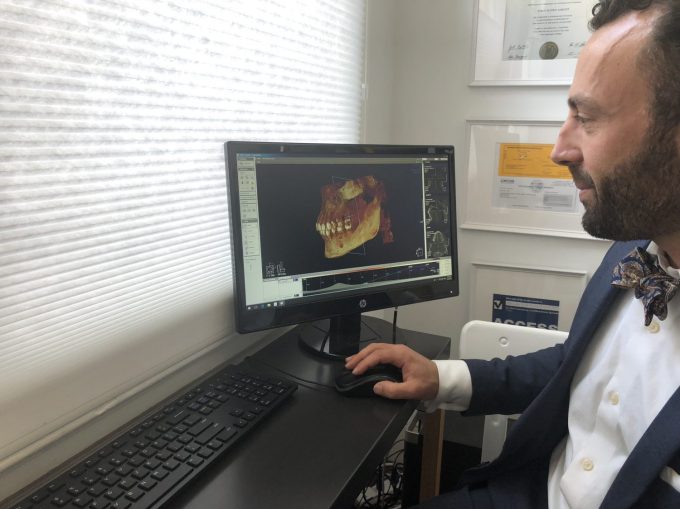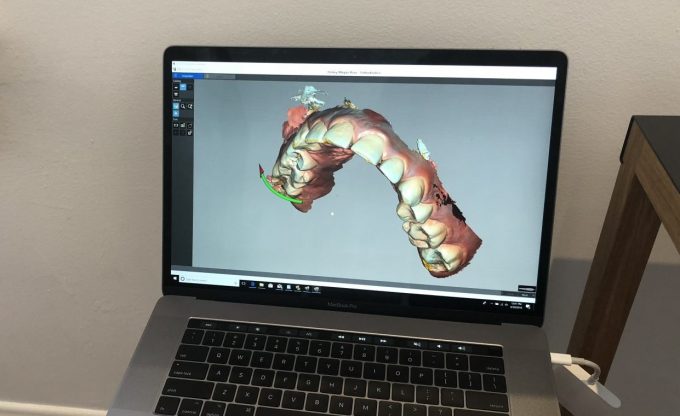Nintendo has finally revealed the details of its paid online service after months of speculation by fans. The pricing is pretty much as expected ($20 per year), but the additions of online save game backups and NES games with added online multiplayer sweeten the deal.
We first heard the pricing last June, including the $3.99 monthly and $7.99 3-month options, but the announcement then left much to the imagination. This one makes things much clearer, but there are still a few mysteries it will perhaps clear up at E3 or closer to the September launch.
Save data being backed up online is perhaps the most asked-for feature on the Switch, and one other platforms have provided for years. So its official announcement will surely be greeted with cries of joy. The exact details are coming soon.
But it’s the online play for NES games that really caught my eye. Officially called “NES – Nintendo Switch Online,” it will be a collection of 10 games to start and 10 more to come, all of which can be played in both single- and multi-player modes online. How that looks exactly isn’t quite clear; the Nintendo release says “Depending on the game, players can engage in online competitive or co-op multiplayer, or take turns controlling the action.”
 Does that mean we’ll have leaderboards? Ghost runs in Super Mario Bros 3? Low-latency battles in Balloon Fight? No clue.
Does that mean we’ll have leaderboards? Ghost runs in Super Mario Bros 3? Low-latency battles in Balloon Fight? No clue.
At least the first 10 games are confirmed: Balloon Fight, Dr. Mario and Super Mario Bros. 3, Donkey Kong, Ice Climber, The Legend of Zelda, Mario Bros., Soccer, Super Mario Bros. and Tennis. The other 10 will supposedly be announced soon, with more added “on a regular basis.”
Those are of course all Nintendo-made games, suggesting licensing negotiations are still underway for classics like Final Fantasy and Double Dragon. For now it’s a package deal, you can’t just buy Soccer and play it unless you go for the full online experience.
The $20 per year subscription will also be necessary starting in September for online play. It might be a bit much to ask if you don’t play a lot of Splatoon or Mario Kart 8 or aren’t so into retro NES games, but it’s sure cheaper than the competition.
If you want to talk with your friends while trading off Zelda dungeons, you’ll still need the smartphone app, though. Perhaps a chat service will be announced another time.
A couple technical notes: the subscription is tied to an account, not the hardware, so if you and I shared a Switch and only I paid for the online aspect, you don’t get it when you log in. On the other hand, when I go to a friend’s house, I can log in to their device and use online services there. There is a $35 yearly option that lets you authorize up to 8 accounts though, for families with multiple users.
The Switch Online service isn’t needed for system updates or buying games online or anything — just online play, the NES games, and save game backups.













